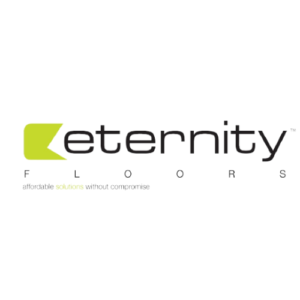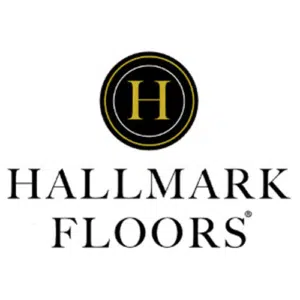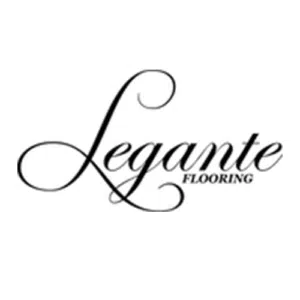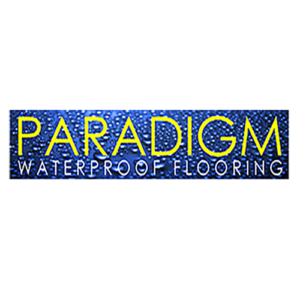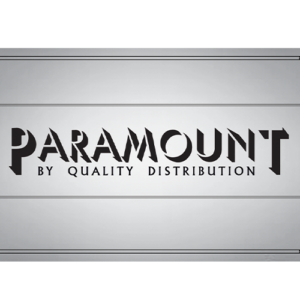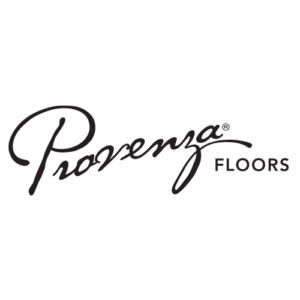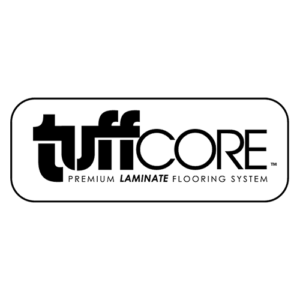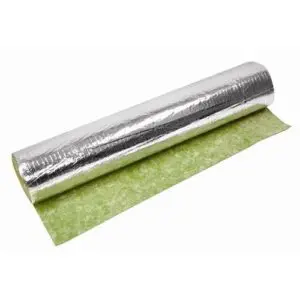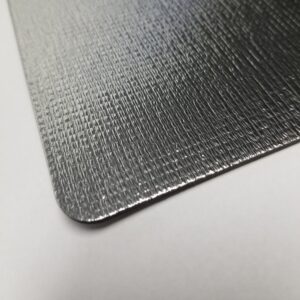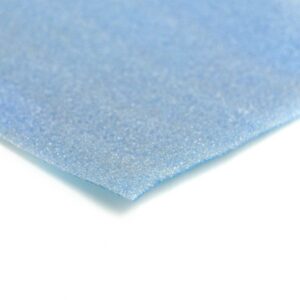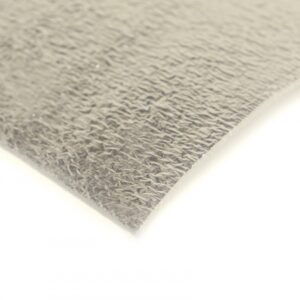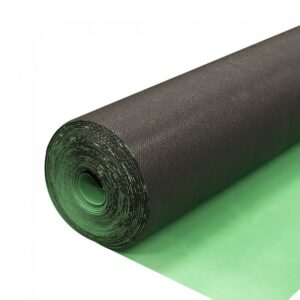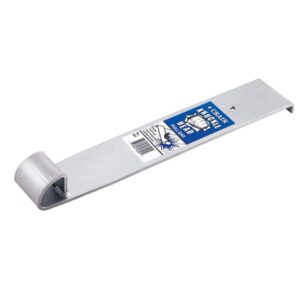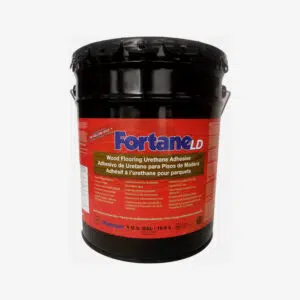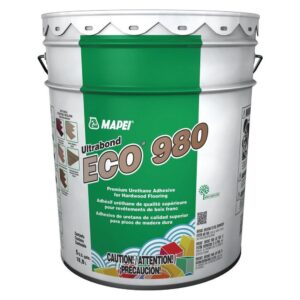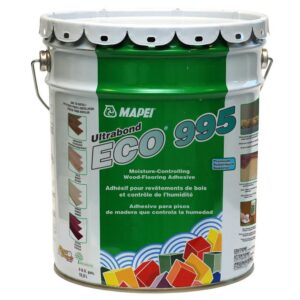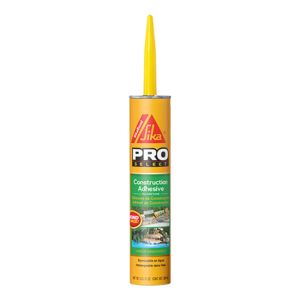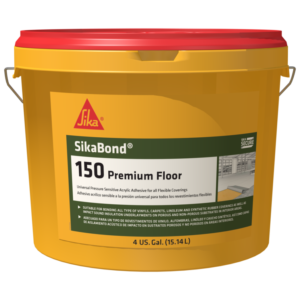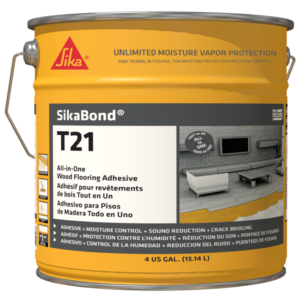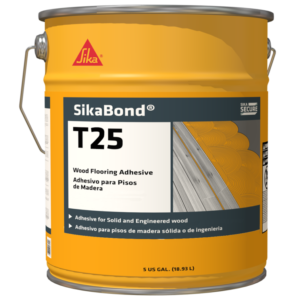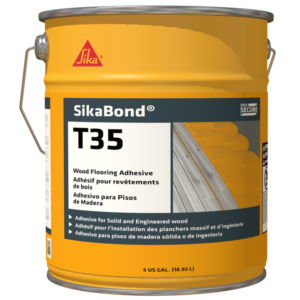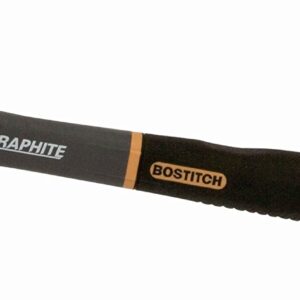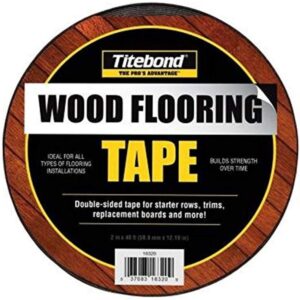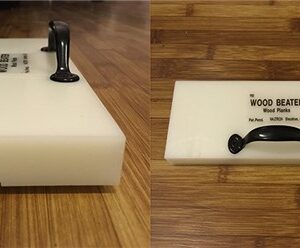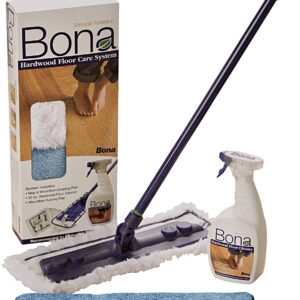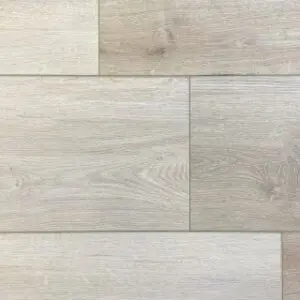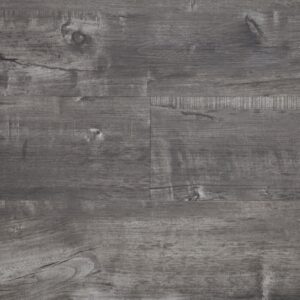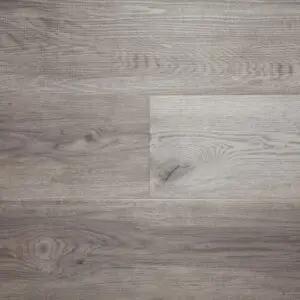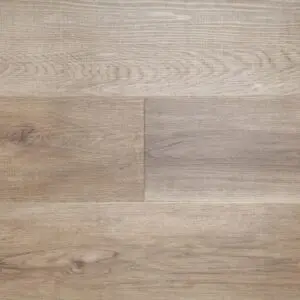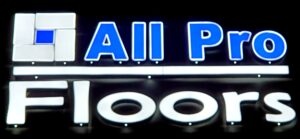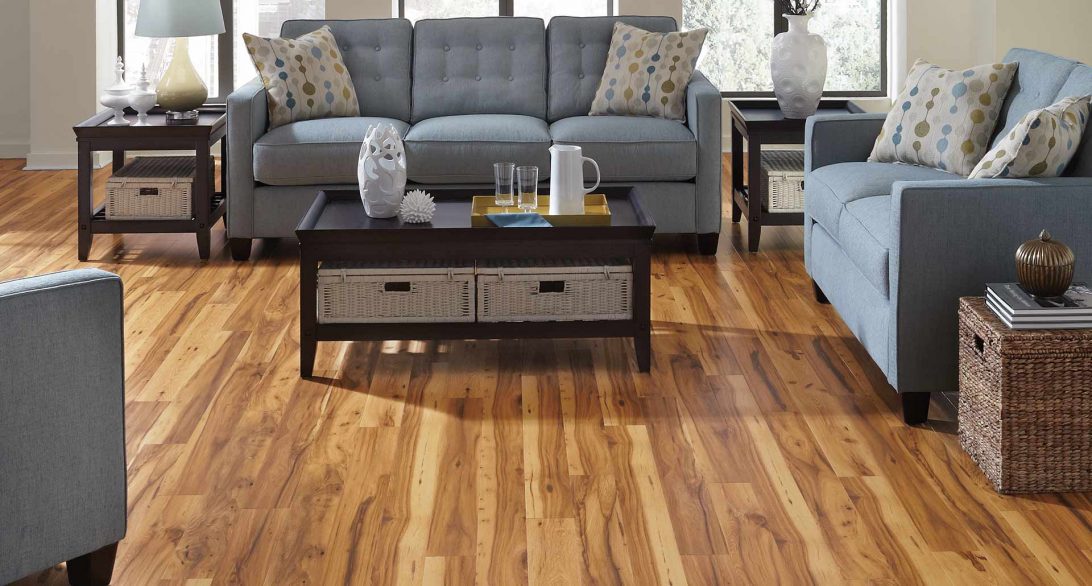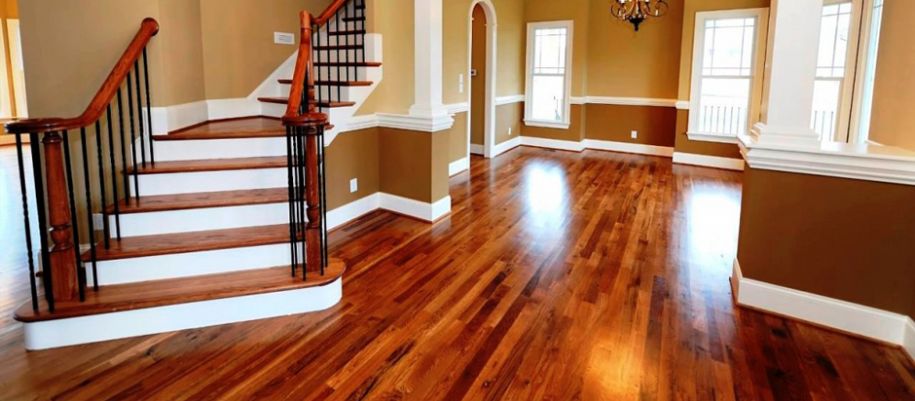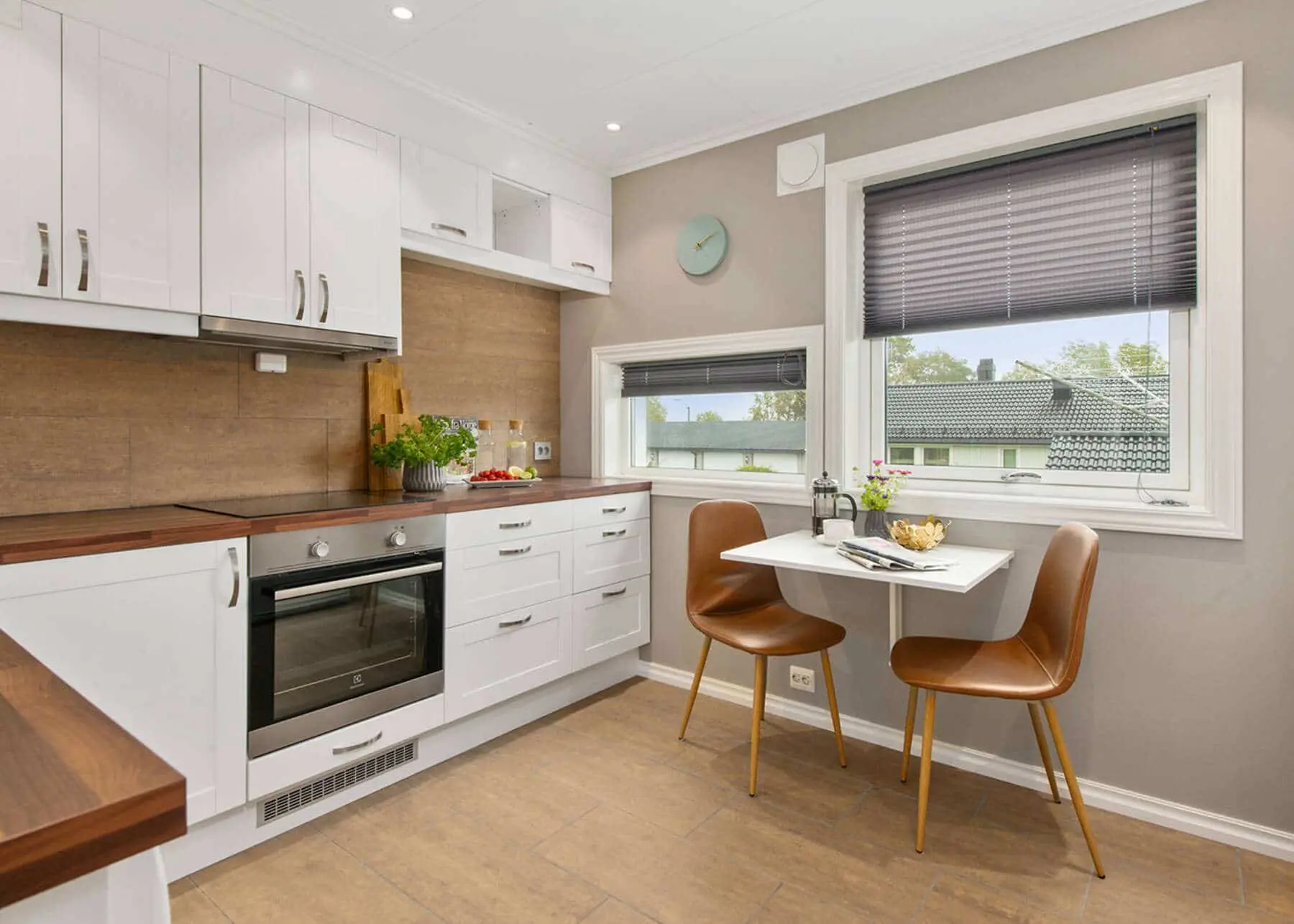Description
Paradigm Wide Long Board: Waialua
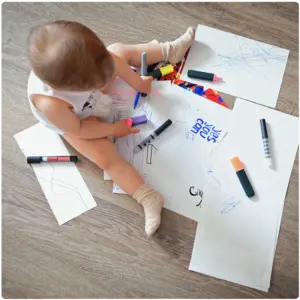
Types of Vinyl Flooring
The original sheet vinyl flooring is similar to linoleum, which comes in rolls that you glue to the subfloor with mastic, but more recent products are thicker and lay flat without glue. You typically attach them to the floor with double-faced acrylic tape. Vinyl tiles come with or without a glued backing; if you choose a product that isn’t already glued, you must spread the glue yourself. Vinyl planks are designed to float over the subfloor like laminate flooring boards. Some products are constructed with locking systems, like laminate boards, while others have glue strips to hold them together. Paradigm Wide Long Board: Waialua has a locking floating system for easy installation and even easier to care for just follow these instructions!
The Loose-Lay Alternative
Loose-lay vinyl flooring products — often referred to as “floating” floors — generally offer a more cushioned feeling and more elegant appearance than glue-down ones. The thicker texture of loose-lay sheets helps them lay flat, gives them slightly more insulation value and makes them easier to walk on. Vinyl planks can be as much as 3/8 inches thick, which is as thick as laminate flooring boards, and the hefty construction allows for textured patterns that resemble real wood and tile. Loose-lay products are designed for easy installation, so you can save contractors’ fees by laying the floor yourself.
Subfloor Considerations
All other factors aside, the choice between loose-lay and glue-down vinyl flooring may boil down to the characteristics of the subfloor. Installing loose-lay sheeting with double-faced tape isn’t recommended in bathrooms or on large floors that require more than one seam. Moreover, both tape and glue aren’t recommended on a high-moisture subfloor, such as a below-grade concrete pad, which is instead a good candidate for a vinyl plank floor. The substrate for any type of vinyl flooring should be clean and flat, but this requirement is more important for glue-down floors, which tend to reveal even small imperfections in the subfloor.




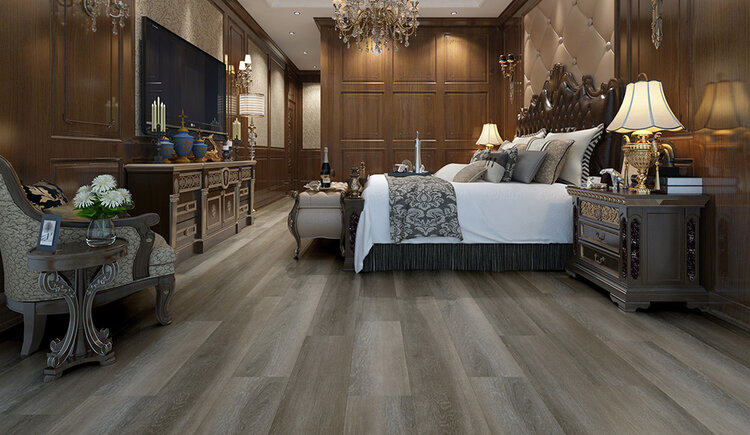

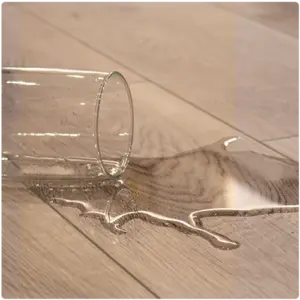
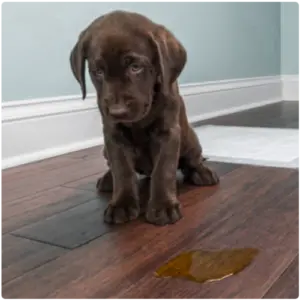
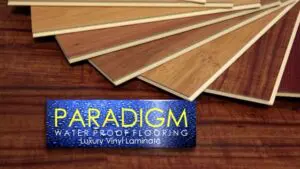
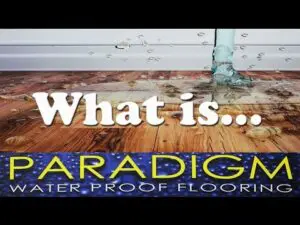
 -Certification
-Certification


